
🤯 Beyond the Void: How Quantum Physics Suggests the End of Life Is an Illusion
🤯 Beyond the Void: How Quantum Physics Suggests the End of Life Is an Illusion
The Revolutionary Theory of Biocentrism and Conscious Reality
For centuries, science has treated life and consciousness as mere byproducts—lucky accidents arising from a universe governed by purely physical, mechanical laws. However, a growing body of research in Quantum Physics is challenging this long-held assumption, suggesting that our most fundamental ideas about reality, space, time, and even the end of life may be fundamentally flawed.
At the heart of this challenge lies the bold and controversial theory known as Biocentrism.
1. Biocentrism: A Universe Shaped by Consciousness
Biocentrism, championed by regenerative medicine specialist Dr. Robert Lanza, flips the traditional scientific model on its head. Instead of the universe creating life, this theory proposes that Life and Consciousness are fundamental to the universe itself. In essence, the cosmos exists because we are here to observe it.
The premise is profound:
Biocentrism suggests that the laws of physics, the dimensions of space and time, and even the properties of matter itself, depend on the observer.
If consciousness is not an emergent trait of the brain, but rather the underlying fabric of existence, then the traditional concept of physical boundaries—including a definitive, final end to one's personal awareness—begins to crumble. According to Lanza, the apparent separateness of individual consciousness is the real illusion, with all experience ultimately arising from a unified, non-local source. (Source: The Biocentric Universe Theory, Robert Lanza).
2. The Quantum Effects That Challenge Objective Reality
Biocentrism finds strong conceptual backing in some of the strangest, yet best-documented, phenomena of quantum mechanics. These effects demonstrate how observation directly impacts physical reality at the subatomic level:
The Observer Effect
This is the most famous link. Experiments like the double-slit setup show that quantum particles (like electrons) behave like a fuzzy wave until they are measured; the act of observation forces them to collapse into a specific state (a particle). As researchers at the Australian National University (ANU) concluded: "At the quantum level, reality does not exist if you are not looking at it." (Source: ANU Research on Wheeler's Delayed-Choice Experiment). This implies reality is not fixed, but rather co-created by the conscious observer.
Quantum Entanglement
Often called "spooky action at a distance," entanglement describes how two particles can become linked and share the same existence, influencing each other instantaneously regardless of the distance separating them. This profound interconnectedness suggests that objects in the universe are not truly separate entities, supporting the idea of a universe unified by consciousness.
Retrocausality
Some quantum experiments even suggest a form of retrocausality, where future measurements appear to influence the past behavior of a particle. This defies our linear perception of time, lending credence to the Biocentric view that time is not a fixed, external dimension but a tool created by our consciousness to organize information.
3. The Illusion of Mortality: A Shift in Awareness
If consciousness is fundamental and not limited by space and time, the concept of a "full stop" (the end of life) becomes a misinterpretation of a much larger process.
The idea that awareness might transcend the physical body is supported by the Many-Worlds Interpretation (MWI) of quantum mechanics. MWI suggests that every quantum event causes the universe to split into parallel realities.
This leads to the theoretical concept of Quantum Immortality: when a consciousness encounters a moment of potential death in one reality, the consciousness subjectively shifts to the parallel reality where survival was physically possible. For the individual experiencing it, the awareness never ceases; it simply transitions to a surviving timeline.
As Albert Einstein famously suggested, the sharp distinction we make between the past, present, and future is merely a "stubbornly persistent illusion." Biocentrism reinforces this, proposing that the end of life is not annihilation, but a change in the state of awareness, passing beyond our current three-dimensional concept of time and space.
4. The Future of Science and Consciousness
While Biocentrism and Quantum Immortality remain highly speculative and continue to inspire intense philosophical and scientific debate, they are forcing neuroscientists and physicists to rethink the connection between the mind and the cosmos.
This bold theoretical framework suggests that our quest to understand life and death must incorporate the observer, recognizing that consciousness may be the very mechanism through which the universe manifests. Whether fully proven or not, these concepts are driving a new, exciting chapter in science—one that suggests the limitations we perceive for life, awareness, and existence itself, may be just the edge of a much grander reality.
📚 Credible Sources and Further Reading
-
The Biocentric Universe Theory: Works by Dr. Robert Lanza. (Foundation of the theory).
-
AIP Advances: Universal consciousness as foundational field: A theoretical bridge between quantum physics and non-dual philosophy. (Discusses the non-local nature of consciousness related to quantum concepts).
-
National Institutes of Health (NIH), PMC: Research relating the Observer Effect and the role of the observer in collapsing the wave function, which forms the basis for reality dependence on observation.
-
Wikipedia / Theoretical Physics Sources: Information detailing the Many-Worlds Interpretation (MWI) and the associated thought experiment of Quantum Immortality.
News in the same category

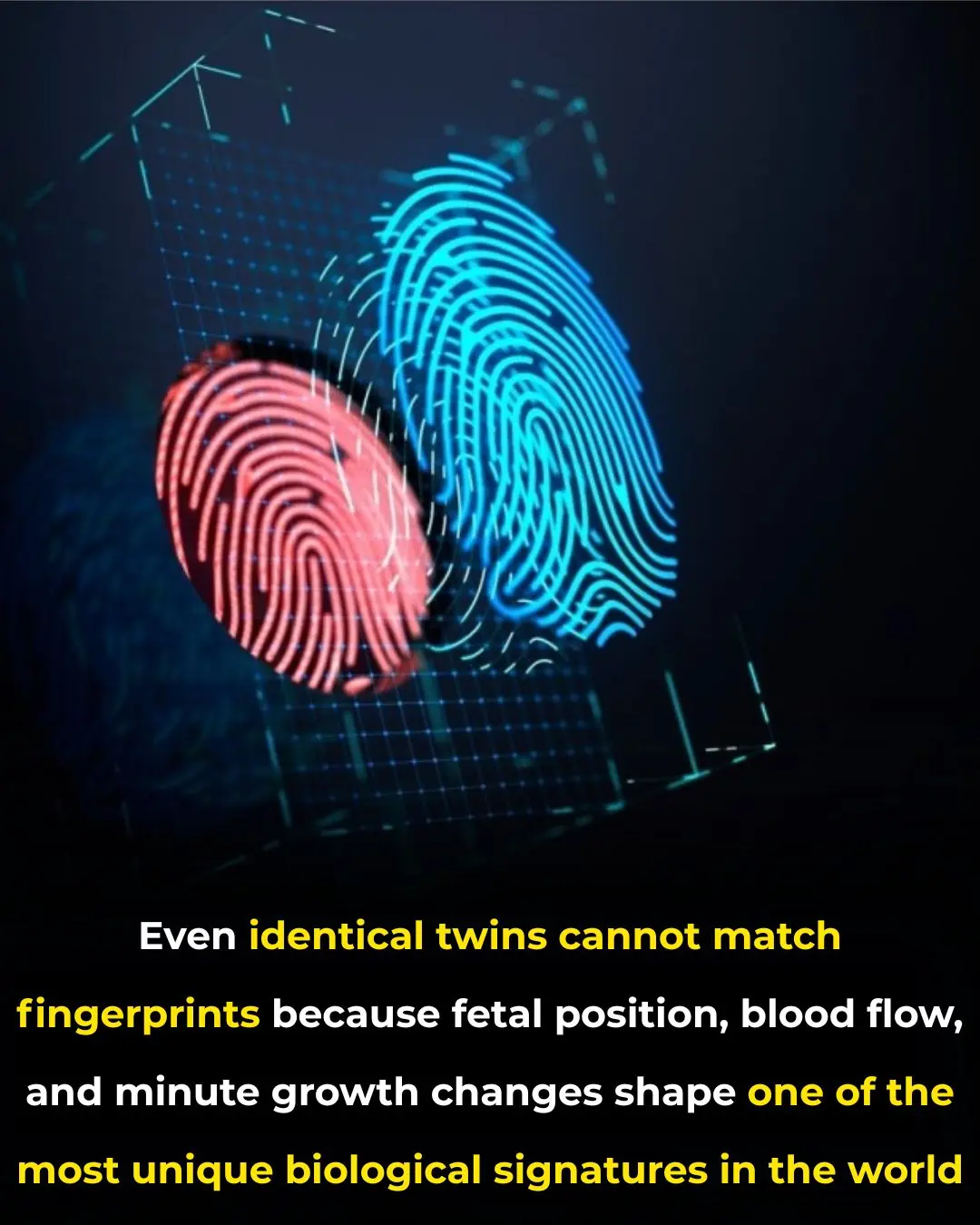
Fingerprint Individuality: A Story Written by Biology, Environment, and Chance

Northwestern Study Reveals Hidden Dangers in Youth Skincare Influencer Culture

Scientists Discover a Brain Receptor That Acts as a Natural Shield Against Alzheimer’s

A Fluorescent Breakthrough: New Dye Helps Surgeons Precisely Target Prostate Cancer

The Shocking Secret of Spider Flight: How Electric Forces Lift Them Into the Sky
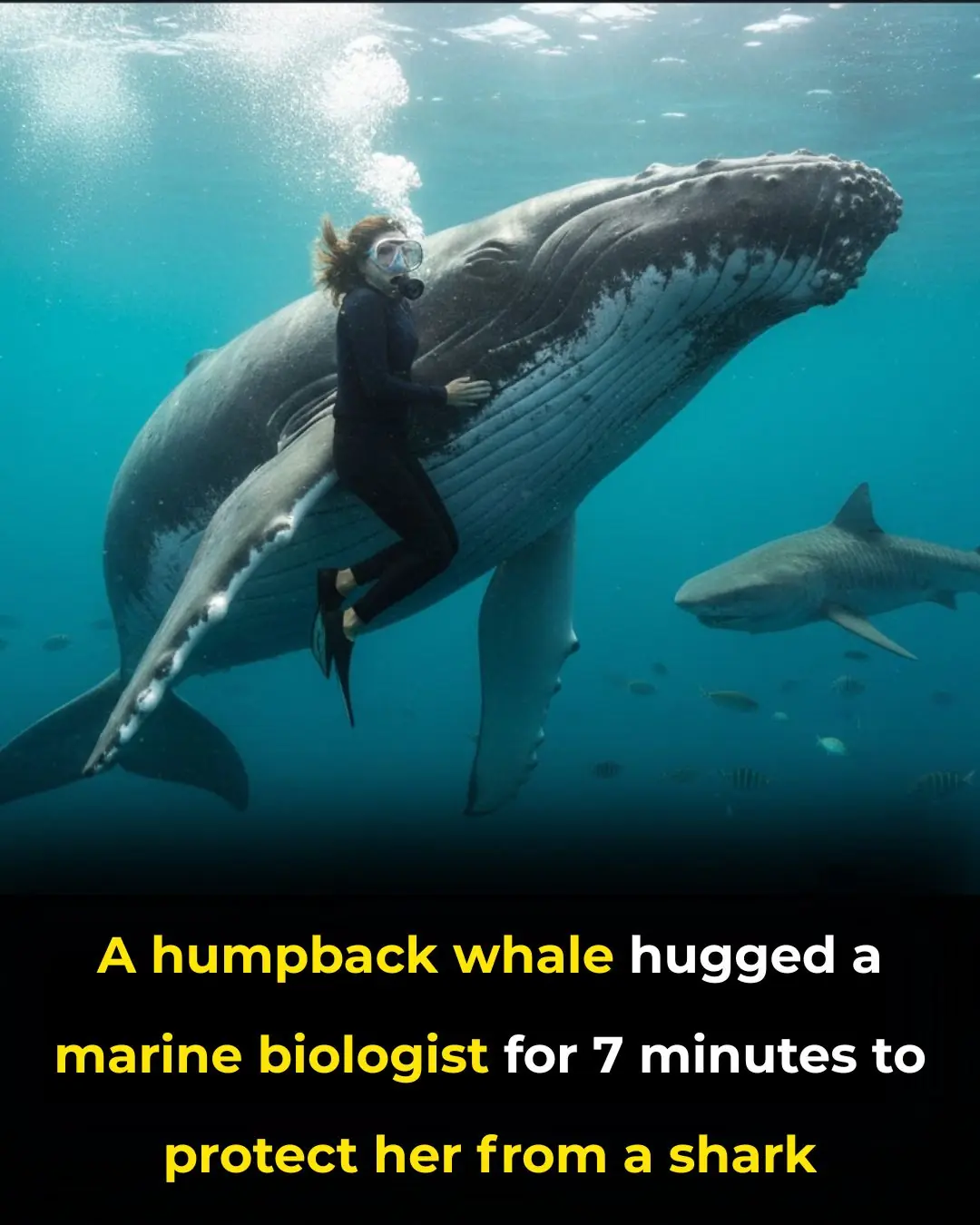
When a Humpback Whale Became a Hero: The Extraordinary Rescue of Marine Biologist Nan Hauser

🧠 Medical Marvel: The Bullet That Accidentally Cured Severe OCD

If you kiss a deceased loved one, you should know that it causes ...

When a Woman Bites Her Lip While Staring at You, It Means She Is ...

3 flowers that make snakes tremble with fear — beautiful and safe to plant around your home

Meet Jonathan: The 192-Year-Old Tortoise Who Has Witnessed History and Continues to Inspire
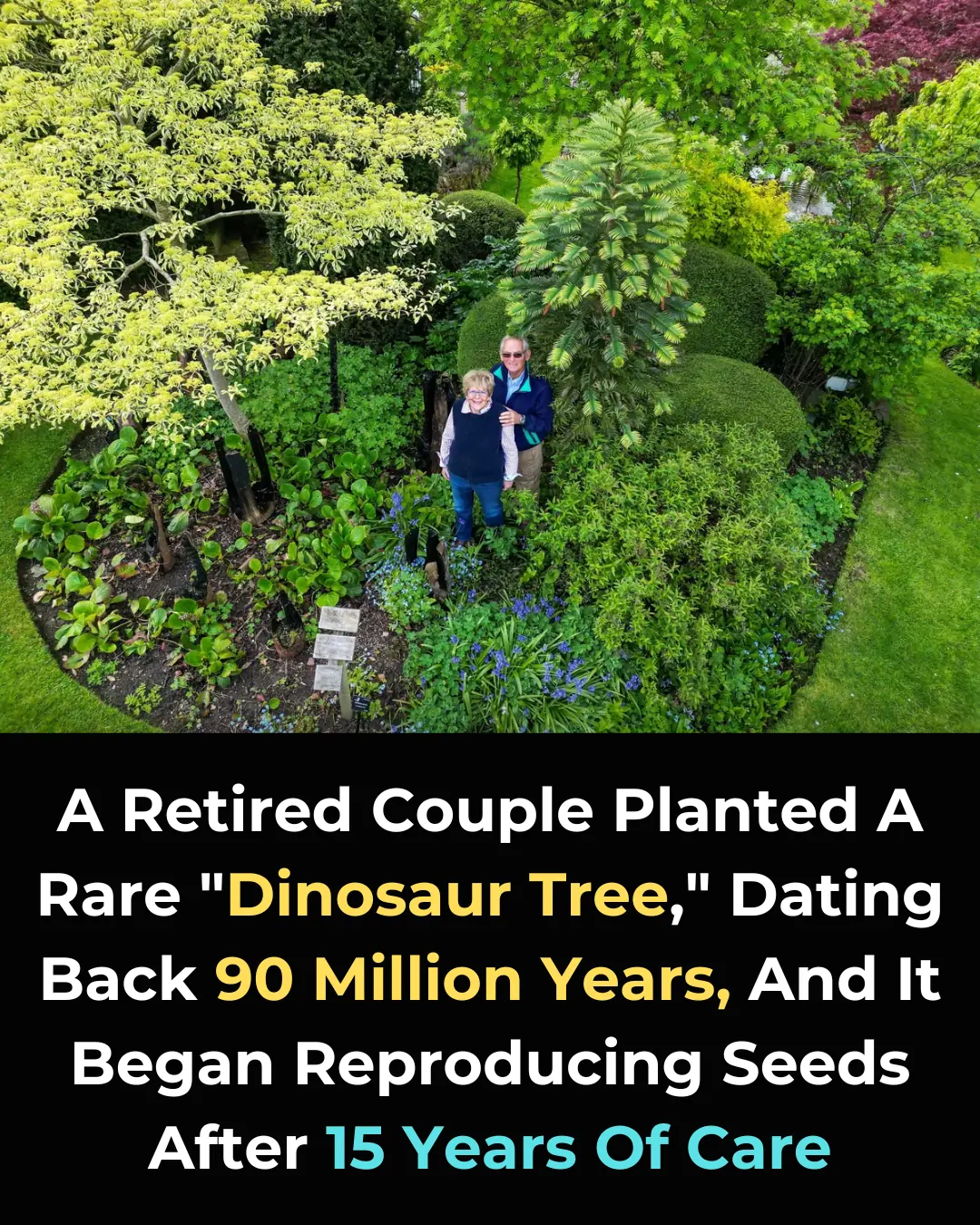
Retired Couple in UK Successfully Nurtures 90-Million-Year-Old Wollemi Pine, Leading to Its First Reproduction Outside Australia

Stem Cell Therapy for Type 1 Diabetes Shows Promise in Human Clinical Trials

Have you noticed small white spots on your arms or legs… and you don't know what they are?
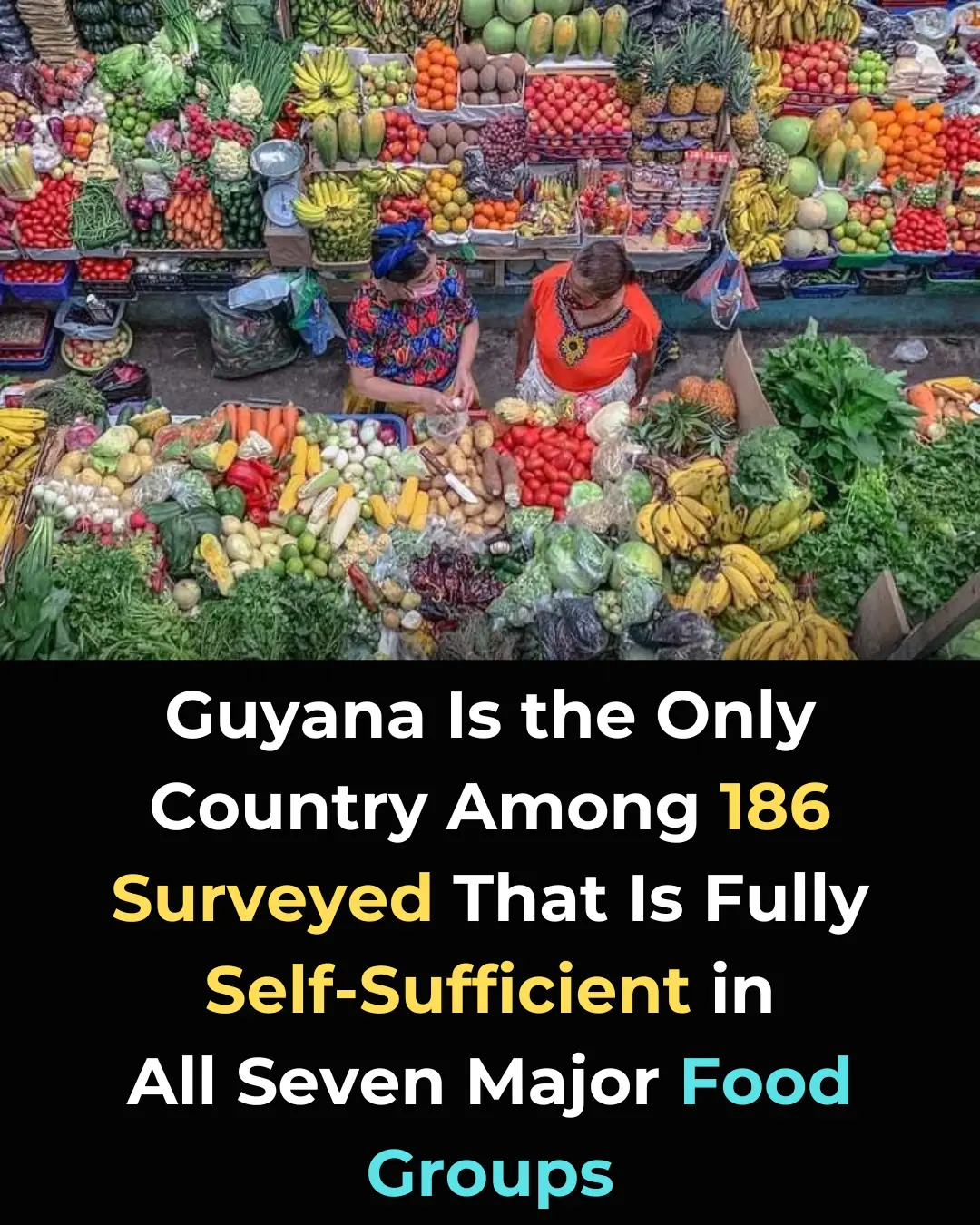
How Guyana Became the Only Nation Fully Self-Sufficient in All Seven Major Food Groups

Donald Trump's new scarf leaves everyone saying the same thing

Scientists May Have Just Found a Breakthrough Hair-Loss Treatment

Panama's Marine Collapse: The End of a Key Ocean Upwelling System and What It Means for the Future
News Post

Study Finds Parents Show More Affection to Daughters Than Sons Worldwide

US Researchers Develop Ultra-Light Metal Foam That Stops Armor-Piercing Bullets

🛁 Say Goodbye to the Shower: Japan Unveils the 15-Minute "Human Washing Machine"

Fingerprint Individuality: A Story Written by Biology, Environment, and Chance

Northwestern Study Reveals Hidden Dangers in Youth Skincare Influencer Culture

Japanese Scientists Launch Human Trials for TRG-035, a Drug That Could Regrow Lost Teeth Naturally

Scientists Discover a Brain Receptor That Acts as a Natural Shield Against Alzheimer’s

A Fluorescent Breakthrough: New Dye Helps Surgeons Precisely Target Prostate Cancer

The Shocking Secret of Spider Flight: How Electric Forces Lift Them Into the Sky

When a Humpback Whale Became a Hero: The Extraordinary Rescue of Marine Biologist Nan Hauser

Mauro Morandi: Living 33 Years in Complete Solitude on a Remote Italian Island

🧠 Medical Marvel: The Bullet That Accidentally Cured Severe OCD

One simple scoop a day can spark full-body healing — here’s what happens next
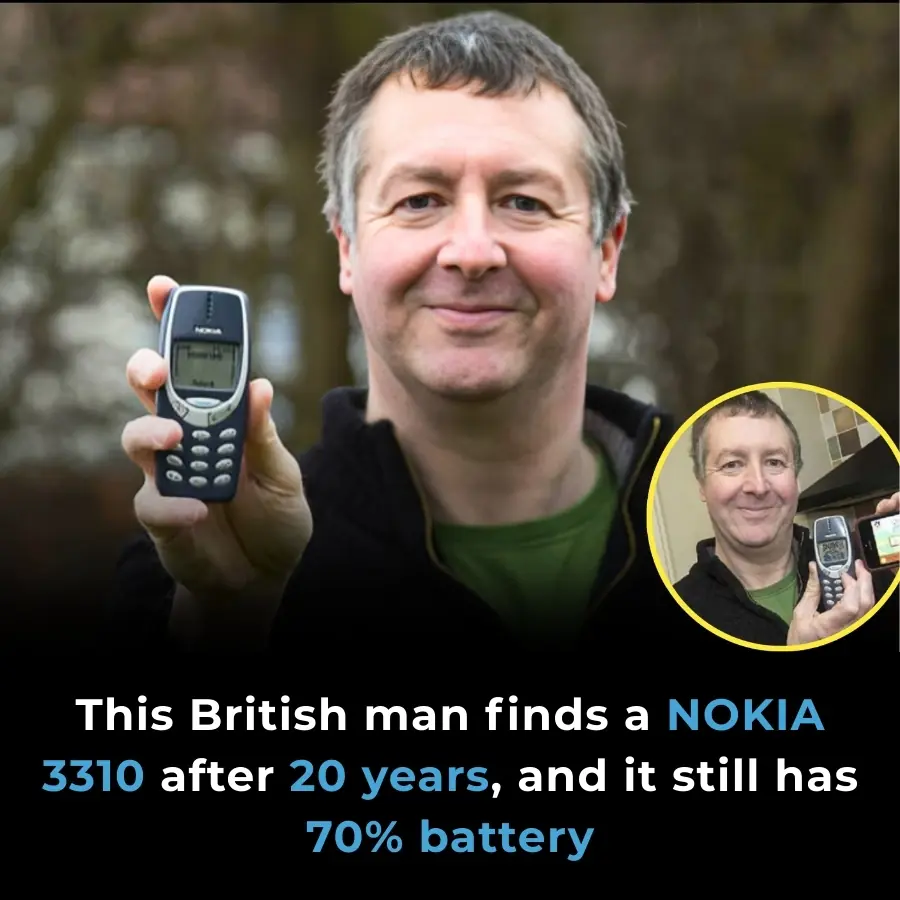
Twenty-Year-Old Nokia 3310 Still Holds 70% Battery, Highlighting the Longevity of Early Mobile Phones

Magnetic Rice-Sized Robot Could Revolutionize Non-Invasive Kidney Stone Treatment

4 Unusual Morning Pains You Should Never Ignore — They May Signal a Hidden Tumor

Quick & Easy Freezer Defrost Hack: Melt Ice in Just 5 Minutes with Zero Effort

A Love That Never Looked Away — The Story of Ron and Cheryl.

